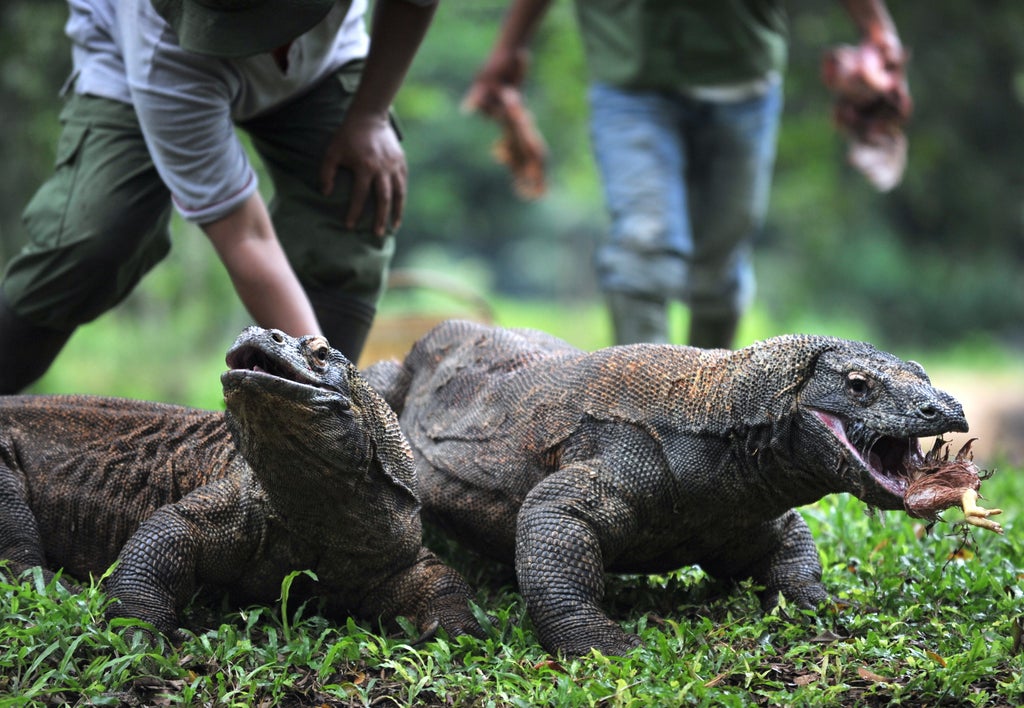
More than one-fifth of all known reptile species are threatened with extinction, according to a new study that calls for urgent conservation efforts to prevent these die-offs.
The study, published in the journal Nature on Wednesday, assessed over 10,000 species and found that reptiles, including many species of crocodiles and turtles, are under the threat of extinction.
While comprehensive extinction risk assessments are available for birds and mammals, researchers, including Bruce Young from the non-profit organization NatureServe in the US, say such estimates have been lacking for reptiles.
“While the closest living relatives of reptiles, birds, have been completely assessed for the Red List no less than seven times, reptiles are now making their first appearance,” scientists wrote in a blog post.
Scientists say current conservation strategies for reptiles have so far relied on International Union for Conservation of Nature (IUCN) Red List criteria and distributions of other animals to inform policy and priorities.
In the new study, researchers applied the IUCN Red List criteria to reptiles to examine extinction risks for reptiles globally.
They found that at least 1,829 (21 per cent) of the 10,196 species assessed were threatened with extinction – categorized as being vulnerable, endangered or critically endangered.
“We found that at least 1,829 of 10,196 reptile species (21 per cent) are threatened, compared with 41 per cent of amphibians, 25 per cent of mammals, and 14 per cent of birds,” researchers noted.
Crocodiles and turtles are among the most at-risk species, according to the scientists, with around 58 per cent and 50 per cent of those assessed being under threat, respectively.
Southeastern Asia, India, West Africa and the Caribbean make up the top 15 per cent areas of genetic diversity loss of reptiles with high concentrations of threatened and evolutionarily distinct species, according to the study.
Several factors such as agriculture, logging, urban development, and invasive species are drivers of the threat to these reptiles, according to scientists, who say the threat of climate change also “looms large” but remains uncertain.
The study specifically pointed to the threat posed by warming climate on skewing offspring sex ratios in species that have temperature-dependent sex determination such as turtles.
“Agriculture threatens the most species, logging is the second or third most prevalent threat, and invasive species and disease are the fourth or fifth most prevalent threat,” researchers wrote in the study.
Although earlier studies have suggested that reptiles were the most at risk in dry environments, where they are highly diverse, the new study found that species inhabiting forests were more threatened.
Scientists say this could be due to the cold-blooded creatures likely being exposed to certain threats in forest environments.
The study points out that many extinction risks faced by reptiles are similar to those faced by other animal groups.
Researchers suggest that conservation efforts to protect these other animal groups such as habitat restoration and controlling invasive species may also benefit reptiles.
However, they add that some reptiles do require urgent conservation efforts to prevent extinctions.







